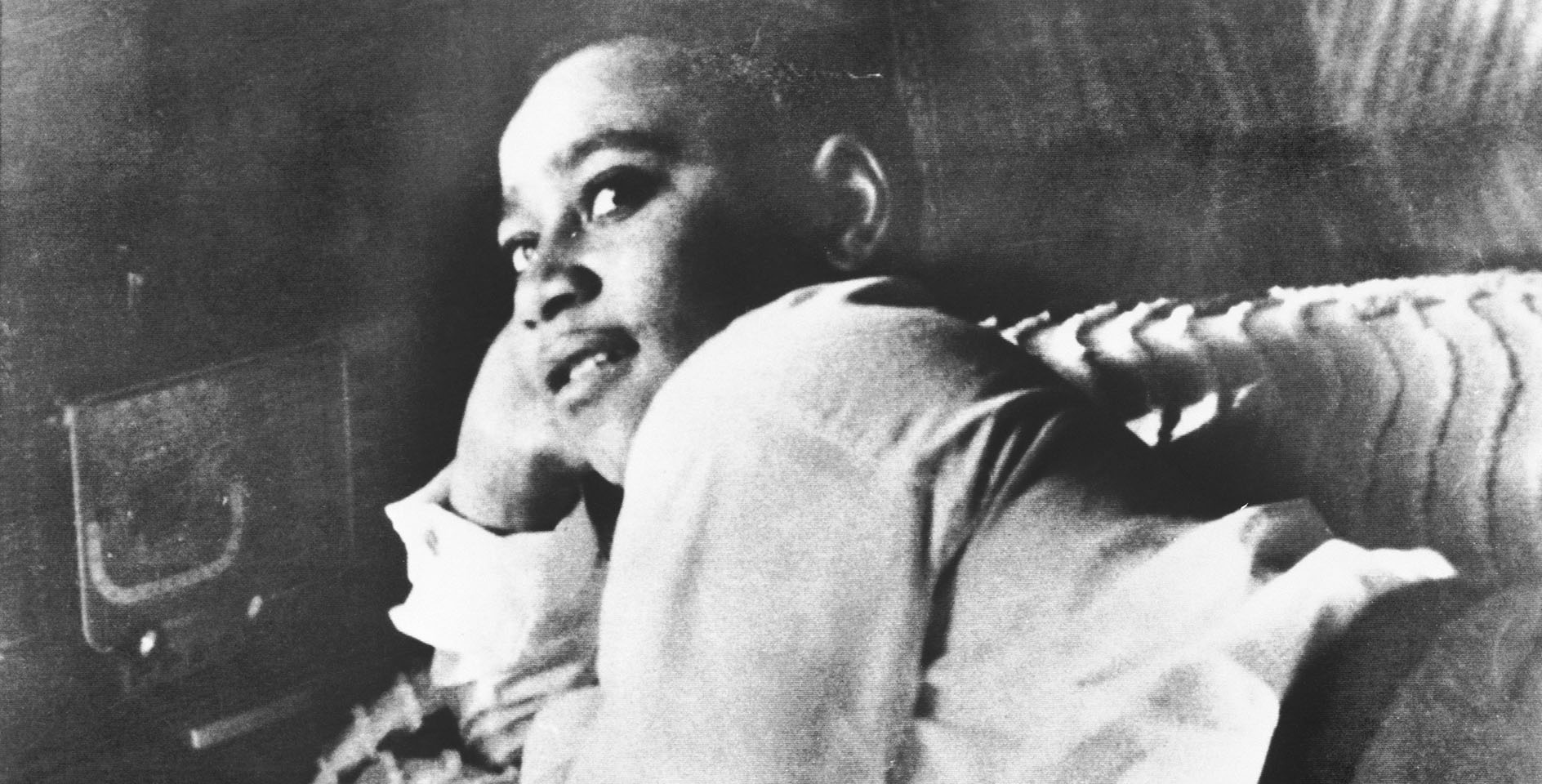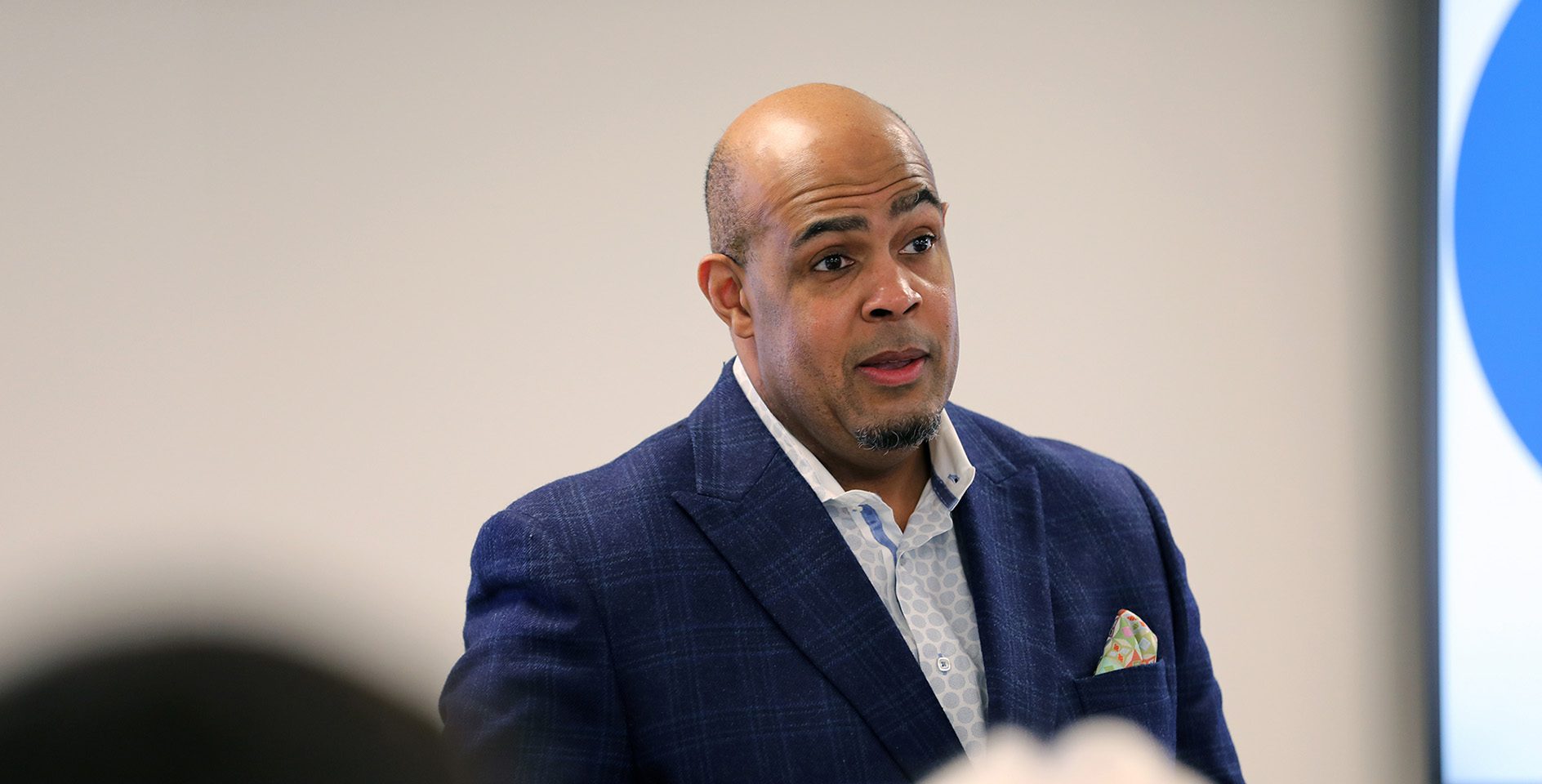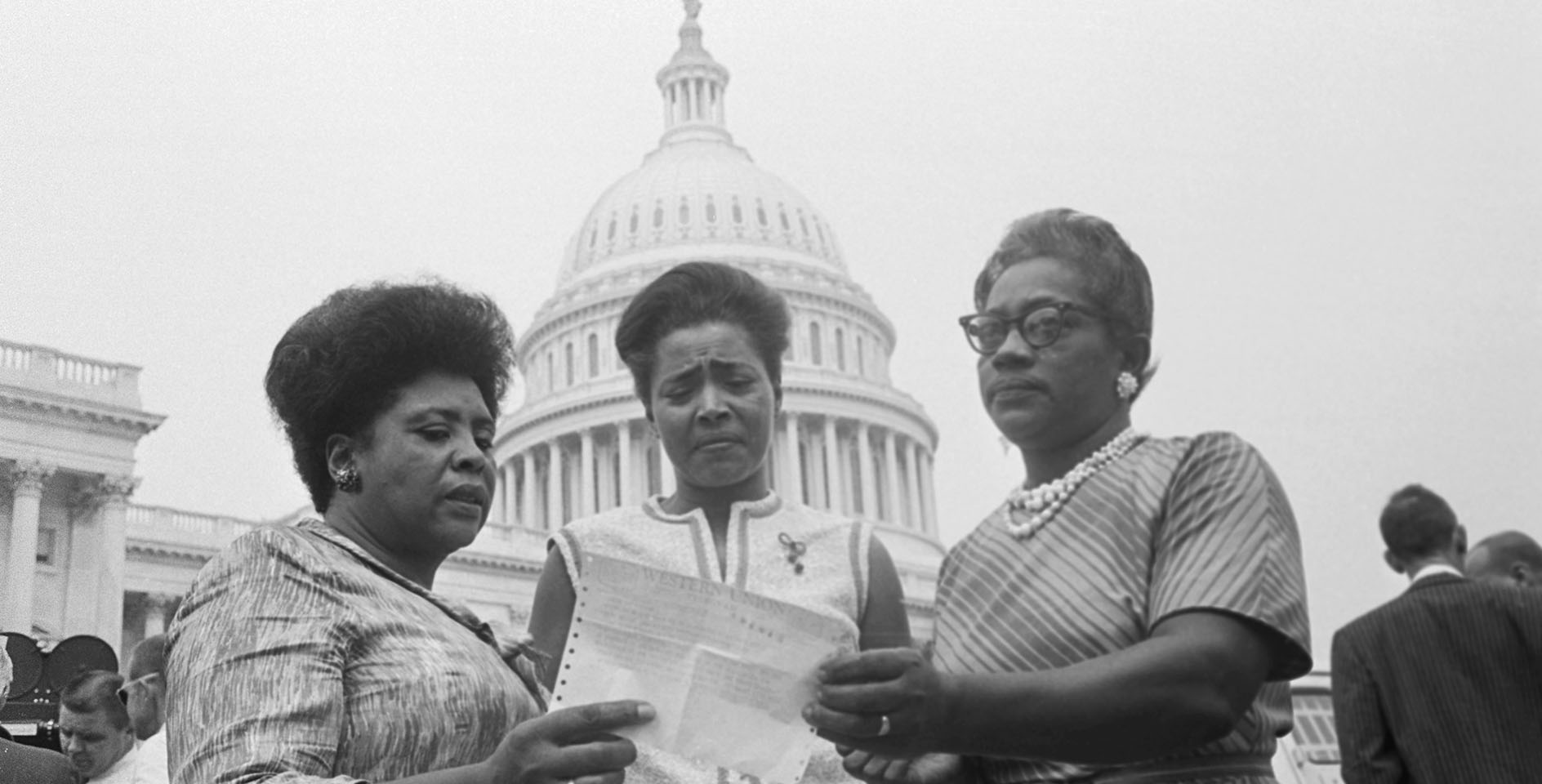Over the span of ten days last month, three historic Baptist churches belonging to African American congregations were burned down in St. Landry Parish in Louisiana. All three of the churches—St. Mary’s Baptist Church, Greater Union Baptist Church, and Mount Pleasant Baptist Church—had been in the area for more than a century. Authorities have charged Holden Matthews, the 21-year-old son of a sheriff’s deputy, with committing the crimes.
During a bail hearing Louisiana Fire Marshal Butch Browning presented extensive evidence pointing to Matthews, including images on the suspect’s cell phone that showed all three churches burning before law enforcement arrived. There was also a video on Matthews’ phone showing a conversation with a friend before the fires in which he talked about using gasoline to burn churches.
State prosecutors added new charges declaring the arsons are a hate crime and that they were racially motivated. The Louisiana Office of State Fire Marshal’s department has said they were investigating a possible connection between the blazes and Matthews love of the music genre known as black metal.
A Facebook page belonging to Matthews showed he was active on pages dedicated to Norse paganism and black metal. In July 2017 he said he had converted “from Catholic to pagan.” He also had commented on images about Varg Vikernes, a former neo-Nazi black metal musician who served 15 years in prison for killing a fellow metal musician and burning churches in Norway. According to Buzzfeed News, a friend of the suspected arsonist claims Matthews was “inspired” by the movie “Lords of Chaos,” a violent horror biopic about Vikernes and black metal, that came out in February.
The churches and community, though, do not intend to be cowed by the hateful actions. “It started off a dark moment in our lives, but with the rebuilding process you’re going to see some things . . . that are going to be very bright for our churches,” said Gerald Toussaint, pastor of Mount Pleasant Baptist Church.
On Twitter, former New Orleans Saints’ tight end, Benjamin Watson wrote, “It is imperative that we show this community and the entire country that these types of acts do not represent who we are. And most importantly as the body of Christ, we suffer alongside our brothers and sisters whenever tragedy, persecution or loss happens.” Watson helped to promote a fundraiser for the churches that has raised nearly $1.3 million toward their goal of $1.8 million.
During the same timeframe as the other arsons, a fourth church burned in a parish about 200 miles. However, police do not think it is connected to the other three.
In the United States, an average of two churches are intentionally set on fire every three days. From 2007 to 2011, U.S. fire departments responded to an average of 1,780 structure fires each year on religious properties (churches, temples, mosques, religious education facilities, funeral parlors and related properties). Of those 16 percent (about 280 per year) are classified as intentional.
Currently, no group tracks the incidents of arson that occur in churches. But the National Church Arson Task Force Reports (NCATF) issued a report in September 2000 that can give us a snapshot of previous arsons. The NCATF had opened investigations into 945 arsons, bombings or attempted bombings at places of worship. The results found:
- One-third of the incidents occurred at African-American places of worship.
- Almost two-thirds (63 percent) of the arrestees were white males. However, more than a third (37 percent) of the people arrested for incidents at African-American places of worship were themselves African American.
- 39 percent of the arsonists were between the ages of 6 to 17 (14 percent were 6 to 13, 25 percent were 14 to 17).
- Forty-six of the 79 defendants (58 percent) convicted on federal charges related to arson or bombing were “motivated by bias.”
While some arsons were racially motivated, the report found most churches were burned because of vandalism, financial profit, mental health issues, burglary cover-up, and retribution against religious authorities.










